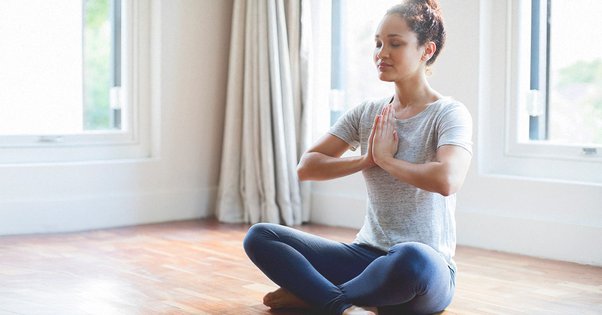Teach me a few breathing exercises that I can do anywhere to relax.
In our hectic lives, stress and anxiety can often feel overwhelming. One of the simplest and most effective ways to combat these feelings is through controlled breathing exercises. These exercises can be done anywhere, whether you’re at work, at home, or on the go. This article will teach you several breathing techniques to help you relax and find calm amidst the chaos.
Table of Contents
ToggleThe Benefits of Breathing Exercises
Physical Benefits
Controlled breathing can have a profound impact on your physical health.
- Reduced Heart Rate: Slowing your breath can lower your heart rate, helping you feel calmer.
- Lower Blood Pressure: Deep breathing can help reduce blood pressure by promoting relaxation.
- Improved Oxygenation: More efficient breathing increases oxygen levels in the blood, boosting energy and overall health.
Mental and Emotional Benefits
Breathing exercises also offer significant mental and emotional benefits.
- Reduced Anxiety: Focusing on your breath can distract you from anxious thoughts and bring you back to the present moment.
- Enhanced Focus: Regular practice can improve concentration and mental clarity.
- Emotional Balance: Controlled breathing helps regulate emotions, promoting a sense of peace and stability.
Simple Breathing Exercises for Relaxation
Diaphragmatic Breathing
Diaphragmatic breathing, also known as belly breathing, engages the diaphragm for deeper breaths.
- How to Do It:
- Sit or lie down in a comfortable position.
- Place one hand on your chest and the other on your abdomen.
- Inhale deeply through your nose, allowing your abdomen to rise while your chest remains relatively still.
- Exhale slowly through your mouth, feeling your abdomen fall.
- Repeat for 5-10 minutes.
4-7-8 Breathing
The 4-7-8 technique is a simple yet powerful exercise to quickly calm your mind and body.
- How to Do It:
- Sit or lie down comfortably and close your eyes.
- Inhale quietly through your nose for a count of 4.
- Hold your breath for a count of 7.
- Exhale completely through your mouth for a count of 8.
- Repeat the cycle 4 times, gradually increasing the number of cycles as you become more comfortable.
Box Breathing
Box breathing, also known as square breathing, is a technique used by Navy SEALs to stay calm under pressure.
- How to Do It:
- Sit up straight and place your feet flat on the floor.
- Inhale through your nose for a count of 4.
- Hold your breath for a count of 4.
- Exhale through your mouth for a count of 4.
- Hold your breath again for a count of 4.
- Repeat the cycle 5-10 times.
Advanced Breathing Techniques
Alternate Nostril Breathing (Nadi Shodhana)
Alternate nostril breathing is a traditional yogic practice that balances the left and right hemispheres of the brain.
- How to Do It:
- Sit comfortably with your spine straight.
- Close your right nostril with your right thumb and inhale through your left nostril.
- Close your left nostril with your right ring finger and release your right nostril.
- Exhale through your right nostril.
- Inhale through your right nostril, close it, and exhale through your left nostril.
- Repeat for 5-10 minutes.
Resonance Breathing (Coherent Breathing)
Resonance breathing aims to achieve a state of coherence in the body’s systems.
- How to Do It:
- Sit or lie down in a comfortable position.
- Inhale for a count of 5.
- Exhale for a count of 5.
- Continue this pattern, maintaining the equal length of inhales and exhales, for 10-20 minutes.
Tips for Practicing Breathing Exercises
Find a Quiet Space
Choose a quiet, comfortable place where you won’t be disturbed.
- Environment: Create a calming environment with soft lighting and minimal noise.
- Comfort: Use cushions or a chair for comfortable seating.
Practice Regularly
Consistency is key to reaping the benefits of breathing exercises.
- Daily Routine: Incorporate breathing exercises into your daily routine, such as in the morning or before bed.
- Stressful Moments: Use these techniques during moments of stress or anxiety.
Be Patient
It takes time to develop a habit and feel the full benefits.
- Start Small: Begin with short sessions and gradually increase the duration.
- Stay Positive: Be patient with yourself and enjoy the process.
Breathing exercises are a simple yet powerful tool for relaxation and stress management. By incorporating techniques like diaphragmatic breathing, 4-7-8 breathing, box breathing, alternate nostril breathing, and resonance breathing into your daily routine, you can enhance your physical, mental, and emotional well-being. Remember to practice regularly, find a quiet space, and be patient with your progress. With time and consistency, these exercises can help you achieve a state of calm and balance, no matter where you are.








